Review: Ghost of Tsushima caps off the PS4 era in style
It's not the "Assassin's Creed in Japan" you were expecting, which is both to its advantage and detriment.
Ghost of Tsushima has been on my radar for a while, especially when people were likening it to an Assassin's Creed game in Japan. That had been on my wishlist for about as long as the franchise has existed. I can see the similarities between it and the first Assassin's Creed, but calling it "Assassin's Creed in Japan" is a disservice to this game and not entirely accurate. Their similarities end at them being open-world games and containing stealth/combat gameplay, which can be said for a lot of games. If you were looking for a clone, this isn't it.
If you were interested in Ghost of Tsushima from one of its many trailers and demos, you're getting about what you expected.
At a glance
Ghost of Tsushima
Bottom line: Ghost of Tsushima is a great samurai game, but its open world could use some work. The combat and Jin's personal journey to becoming the Ghost are the real hooks here, and Sucker Punch thankfully nails those aspects.
The Good
- Jin's journey from samurai to the Ghost
- Combat is intense
- Beautiful environments
- Multiple difficulty settings
- Dynamic photo mode
The Bad
- Open-world can feel empty
- Two-dimensional villain
- Camera angles can get wonky during standoffs and combat
$60 at Amazon $60 at Best Buy $60 at Walmart
Disclaimer: This review was made possible by a review code provided by Sony Interactive Entertainment. The company did not see the contents of the review before publishing.
Jump to:
Ghost of Tsushima Story and characters
| Category | GameNameXXX |
|---|---|
| Title | Ghost of Tsushima |
| Developer | Sucker Punch Productions |
| Publisher | Sony Interactive Entertainment |
| Genre | Action-adventure, Stealth |
| PlayStation Version | PlayStation 4 Pro |
| Game Size | 39.9GB |
| Play Time | 55 hours |
| Players | Single-player |
| PlayStation Now | No |
| Launch Price | $60 |
On the surface, Ghost of Tsushima's premise is fairly simple. During the Mongol invasion of Japan, a young samurai named Jin Sakai must give up his way of life to save Tsushima island. Once you play it you realize… it really is that simple. The story itself was nothing special in my opinion, and played it safe. In three acts, you'll travel across Tsushima island, garnering enough support to attack Khotun Khan in whatever stronghold he's taking refuge in at the time. It's very much rinse and repeat, and it almost made me feel like I was in a Super Mario Bros game. "Thank you, but the Khan is in another castle."
I was much more interested in Jin's journey from a respected samurai to the Ghost, a warrior who fights without honor for the sake of his homeland. From the beginning, it's clear to Jin that the samurai's code limits their ability to take on the Khan and his forces. Samurai are honorable and predictable. Jin needs to become something more, and he does, reluctantly giving up his way of life. Where the samurai won't use fear or dirty tactics to win a fight, Jin will.
Jin's internal struggle is a continuous thread throughout the campaign, even after he's begrudgingly accepted what he must do. At one point he sneaks into a Mongol camp to poison their drinks, doing so against the will of his uncle, Lord Shimura. Jin doesn't take pride in doing this, but he accepts what must be done. Later on you find out that this action served as a catalyst for the Mongols to create their own poison, turning Jin's weapon against his own people. Sucker Punch could have easily just left the poison to be another tool in our arsenal, but I liked how it tied into Jin's transformation and had actual consequences.
There are a handful of intriguing supporting characters. Yuna, for example, and Jin have a unique relationship in the game. She's a thief who saves his life, tending to his wounds after the initial battle, and she also plays an integral role in influencing Jin to become the Ghost. Her main goal is to start a new life with her brother on the mainland, but she can't help but stick around to assist Jin. Despite several scenes that could be read as romantic between the two, it never explicitly went there, and I appreciated that. Who knows though — maybe that's part of a side mission I haven't played.
I was much more interested in Jin's journey from a respected samurai to the Ghost.
There are other characters like Lady Masako and Sensei Ishikawa that are a part of longer sidequests. Sensei Ishikawa grapples with his failure as a teacher when his former student aids the Mongols. Lady Masako attempts to find out who hired the assassins that killed her entire clan, and why. Unfortunately, the other characters didn't capture my attention. Even Khotun Khan, the main villain, was a bland, two-dimensional villain. Instead of a name like Kublai Khan, we're stuck with his fictional cousin. We hardly ever get to see him aside from a handful of scenes, and when we do his time on-screen amounts to him saying that the samurai should surrender.
While there are great sidequests with the some of the supporting cast, a lot of the random side missions you'll find throughout the world are tedious. Talk to a person in need, fight some Mongols, and then return. That's a bit reductive in some cases, but that's what it amounts to.
Ghost of Tsushima Gameplay and combat
It's no secret that I love stealth games, so I was eager to see how the stealth fared in Ghost of Tsushima. Given the tools at your disposal, it's about what you'd expect. You have your typical smoke bombs, ranged bows, poison/hallucinogenic darts, and wind chimes to distract your enemies. With the right techniques and upgrades, you can sweep through a Mongol camp fairly quickly without being seen. Unfortunately, I found myself using stealth tactics less often than I thought I would because the opportunities to use them in any satisfying manner are few and far between, aside from particular story missions.
I enjoyed the combat far more than I expected thanks to some meaningful techniques and stances.
Outside of the main campaign, most enemy camps are relatively small. You can take out their forces with a few well-placed arrows and chain assassinations. Better yet, just hit a guard with a hallucinogenic dart (obtained later in the game) and watch the chaos unfold before you strike. After doing this several times over — there are dozens of camps to liberate across the region — it got old.
I enjoyed the combat far more than I expected thanks to some meaningful techniques and stances. There are four different stances Jin can take depending on what enemy he is going up against, each effective against a particular type; those who wield swords, shields, spears, or brutes. You'll need to swap between these on the fly in the middle of combat to keep up with your opponents. This is done by holding the right trigger and selecting a face button that corresponds to the appropriate stance. Such a simple thing adds a layer of depth to the combat, though many times you're still going to mindlessly swing your sword.
Despite its lack of accessibility in certain areas (waypoints don't pop up until you're close to your target), I'm glad that Ghost of Tsushima has multiple difficulty options to not alienate a portion of players. If you want a challenging experience, you're free to have one. If you mainly want to explore and get through the story without worrying about combat, you can do so as well.
Ghost of Tsushima Open world
My biggest issue with Ghost of Tsushima is its open world. As gorgeous as it can be with diverse landscapes, it just feels empty. The small villages you come across look mostly identical, and there's not a lot to explore on that front. There's no hidden gems, so to speak.
You have your requisite collectibles found throughout the map, and areas of interest generally amount to nothing more than a shrine for a charm or a Pillar of Honor to collect new sword kits. Going around the map to complete bamboo strikes or fox dens felt more like a laundry list of chores to do rather than anything actually fun and exciting. Charms offer special perks like the ability to regenerate health or deal bonus damage, but once you've found a few good ones there's really no incentive to go and collect the rest.
I can't begin to count the amount of times I had to travel across a region on horseback and passed nothing of importance. I started resenting birds, which are supposed to guide you to objectives and secrets, instead of welcoming them after I was lead to a fox den for the millionth time.
Ghost of Tsushima Performance and graphics
I played Ghost of Tsushima on a PS4 Pro in its performance mode to favor resolution, though it does give you the option to favor frame rate instead. Aside from a few technical hiccups where Jin might get stuck in the geometry, there's not much to complain about. The graphics don't impress me as much as some other games that strives for photo-realism, but for what it's worth, the game looks great.
What I found to be a constant annoyance were the camera angles during Standoffs. A Standoff pits you up against an enemy one-on-one, and if you strike at the correct time, you'll get an instant kill. This can be upgraded so that you can kill anywhere between three to five enemies in a single Standoff. After the first kill, the action slows down as another enemy rushes toward you. During this time the camera angle can get... messy. It's all too easy for the camera to get stuck behind a bush or another object, and sometimes even the initial enemy you killed is blocking your view, preventing you from striking at the right time. This was a problem in normal combat to a lesser extent, but something that plagued my entire playthrough.
The photo mode is good, but not great.
Sucker Punch made a big deal about Ghost of Tsushima's photo mode in its State of Play a couple of months ago, naturally boosting expectations. While I think it's good, it's not great. The filters are limited and you don't have the same features that some other photo modes do (chromatic aberration, hiding NPCs, vignettes, film grain, motion blur, etc.), but it does make up for that in some other areas. You can adjust the time of day right down to the second, you can control the weather, and its photo mode features a dynamic background option so that the leaves and wind continue to blow around you.
And that black and white mode that people could play the game in from start to finish? It's officially called "Kurosawa Mode," and it looks a lot better than it did in the State of Play demonstration. It even changes the audio so it's lower quality and sounds more like a vintage movie.
Ghost of Tsushima Final thoughts
The more I play Ghost of Tsushima, the more it reminds me of Days Gone. That's not a bad thing — I thought Days Gone was severely underrated — but some core issues hold it back from being truly amazing. As it stands, I enjoy it immensely despite its faults, and that certainly counts for something. I wouldn't have put dozens of hours into it otherwise, and I'll likely put many more.
Ghost of Tsushima has a solid foundation that is definitely deserving of a sequel on PS5. I think Sucker Punch has a new franchise on its hands. The studio already nailed the combat, in my opinion, now it just needs to work a little more on the open-world aspects. Creating a villain that's actually interesting wouldn't hurt, either.
Dishonor
Ghost of Tsushima
$60 at Amazon $60 at Best Buy $60 at Walmart
Becoming the Ghost is exceptionally fun
Ghost of Tsushima is a great samurai game, but its open-world could use some work. The combat and Jin's personal journey to becoming the Ghost are the real hooks here, and Sucker Punch thankfully nails those aspects.
from Android Central - Android Forums, News, Reviews, Help and Android Wallpapers https://ift.tt/3fxQn7i
via IFTTT
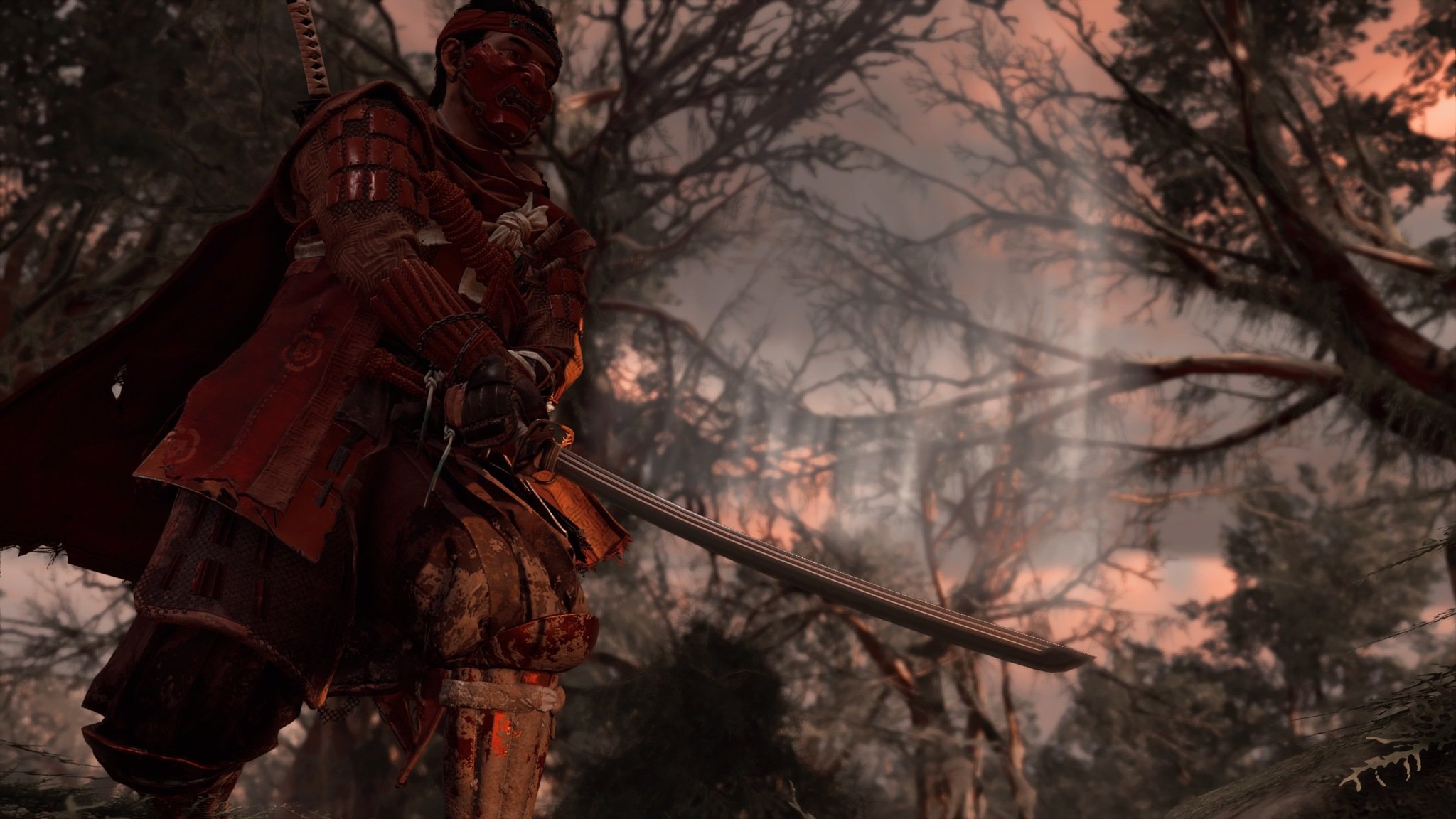
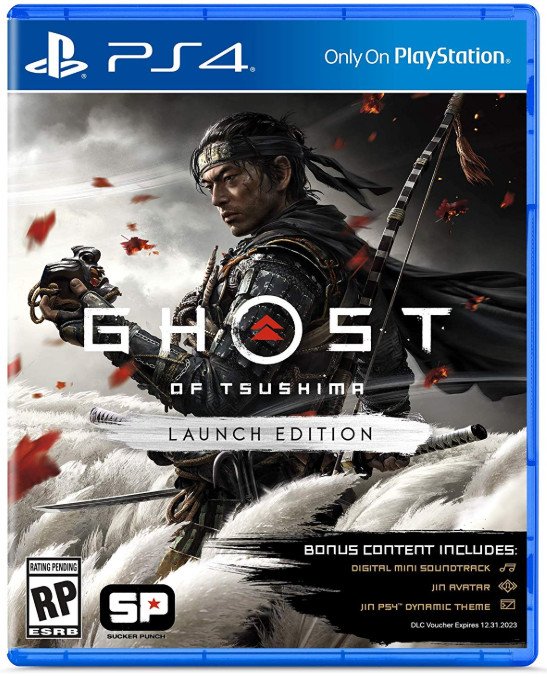


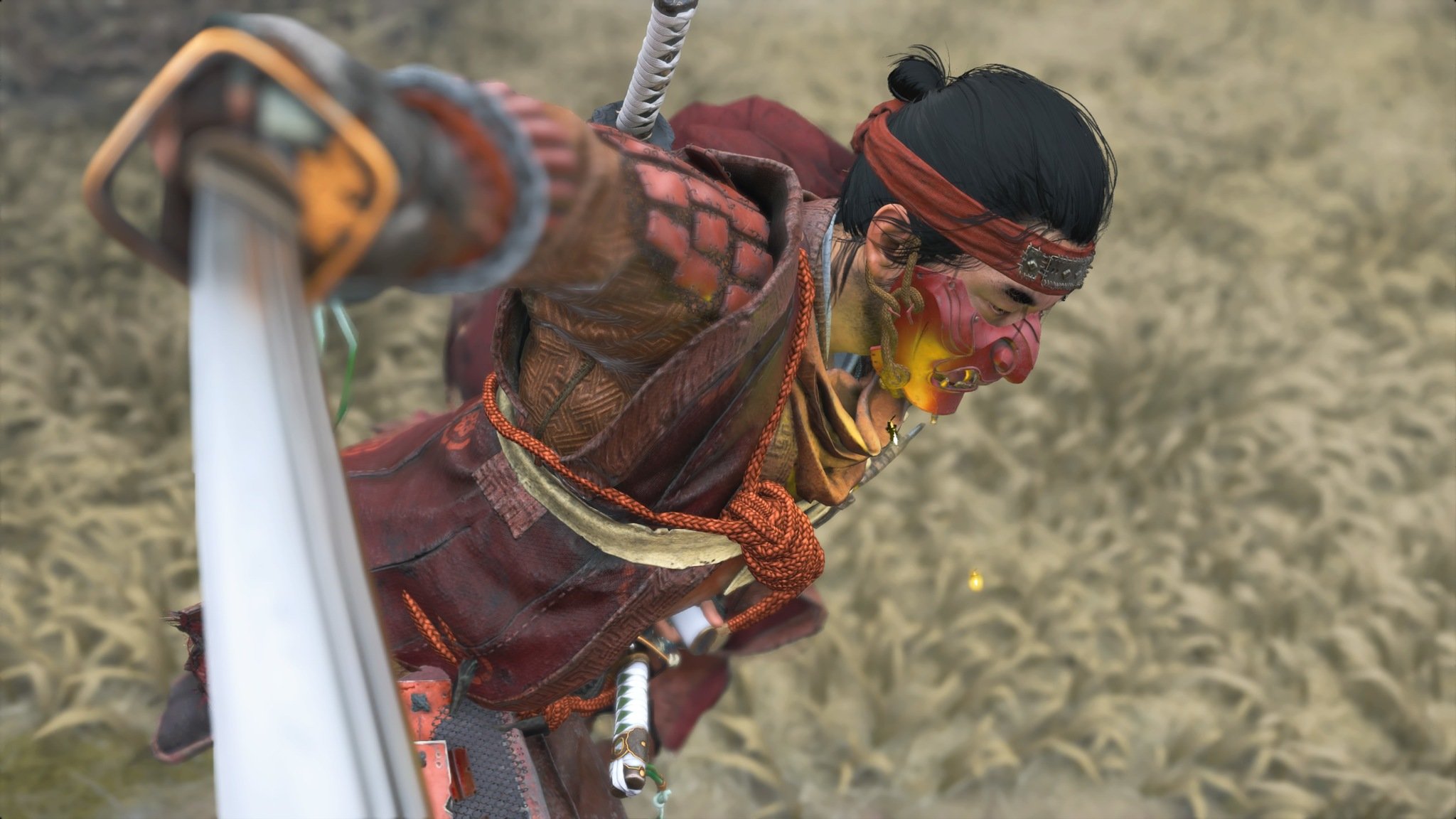
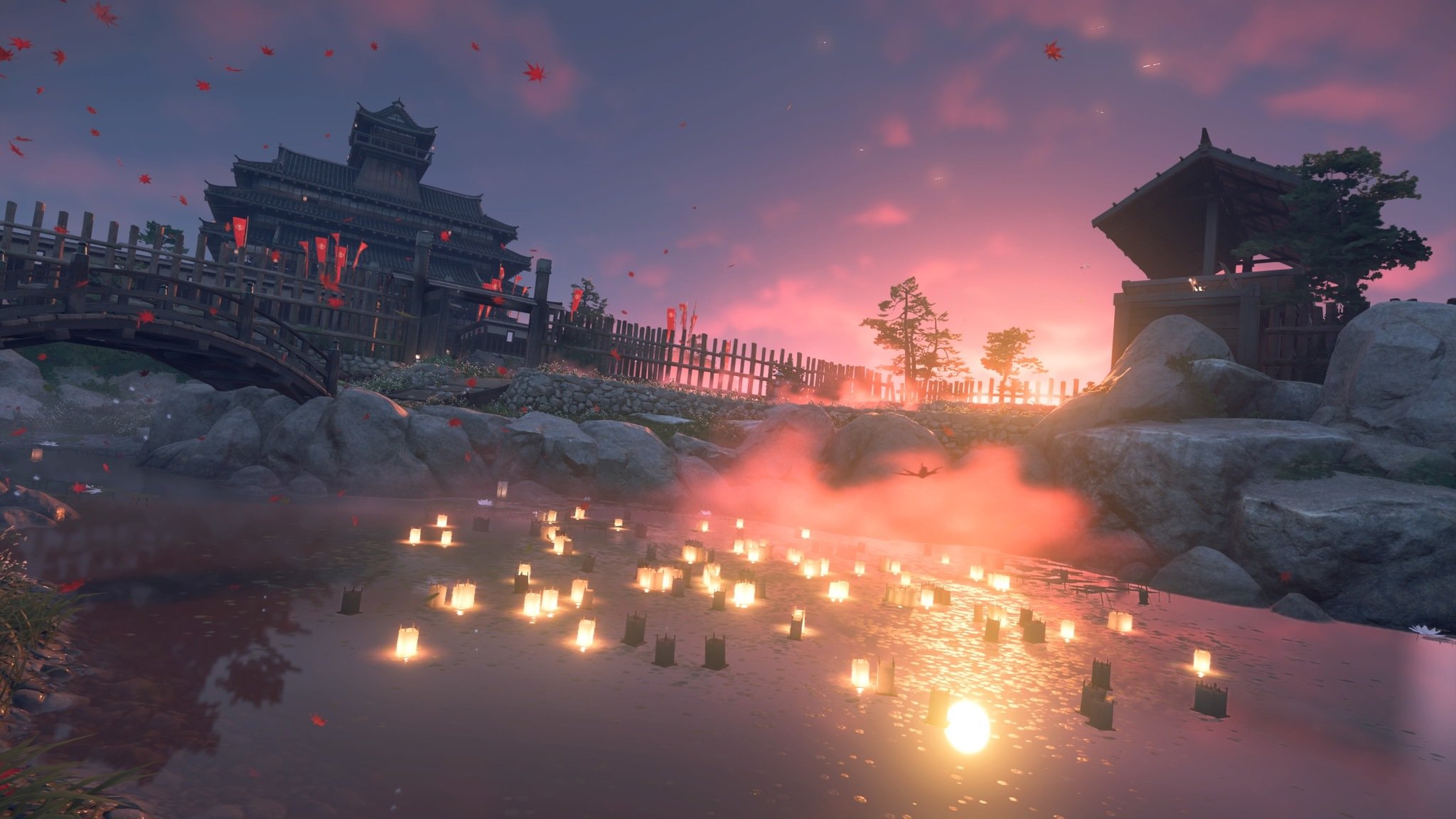
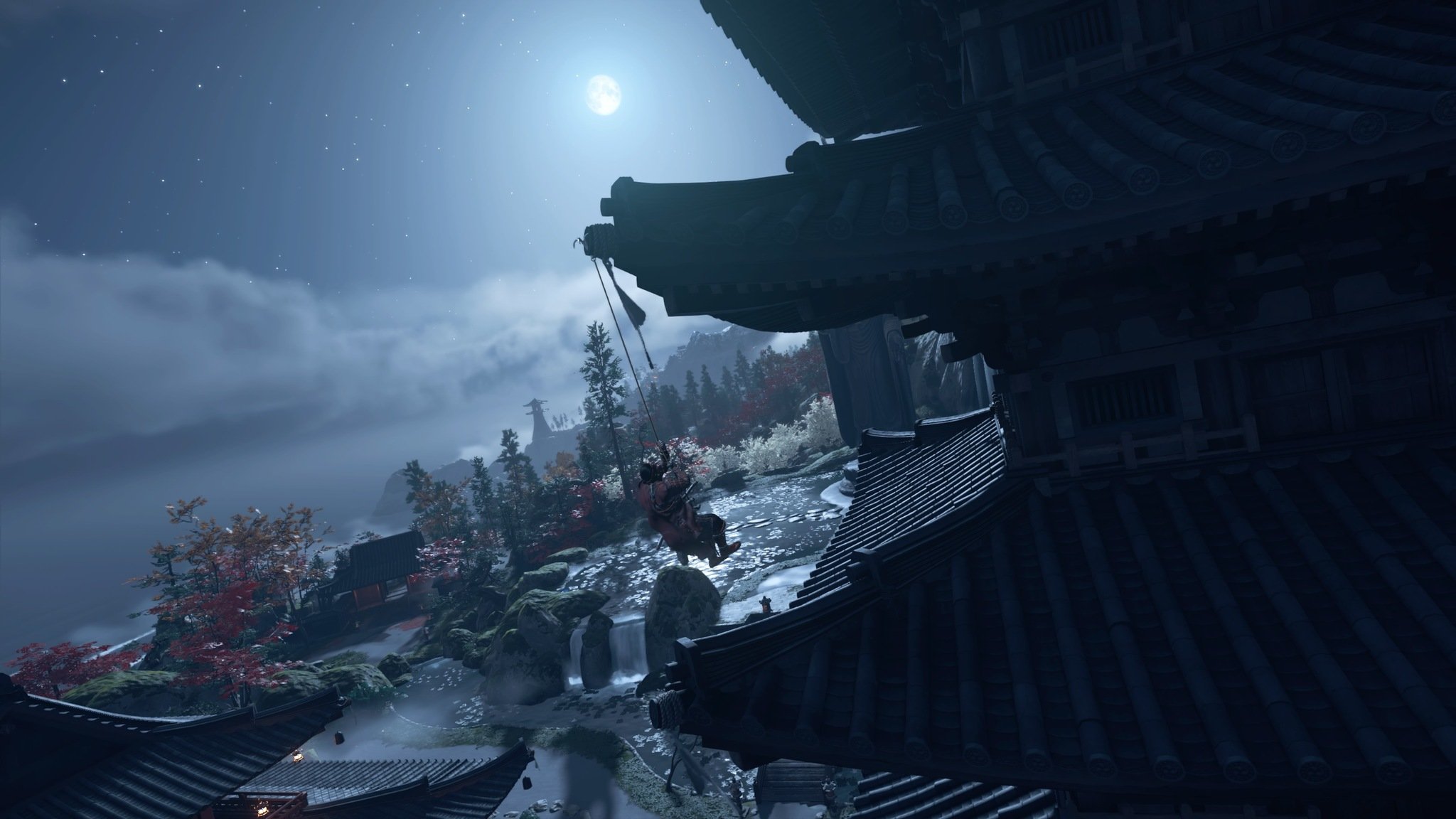

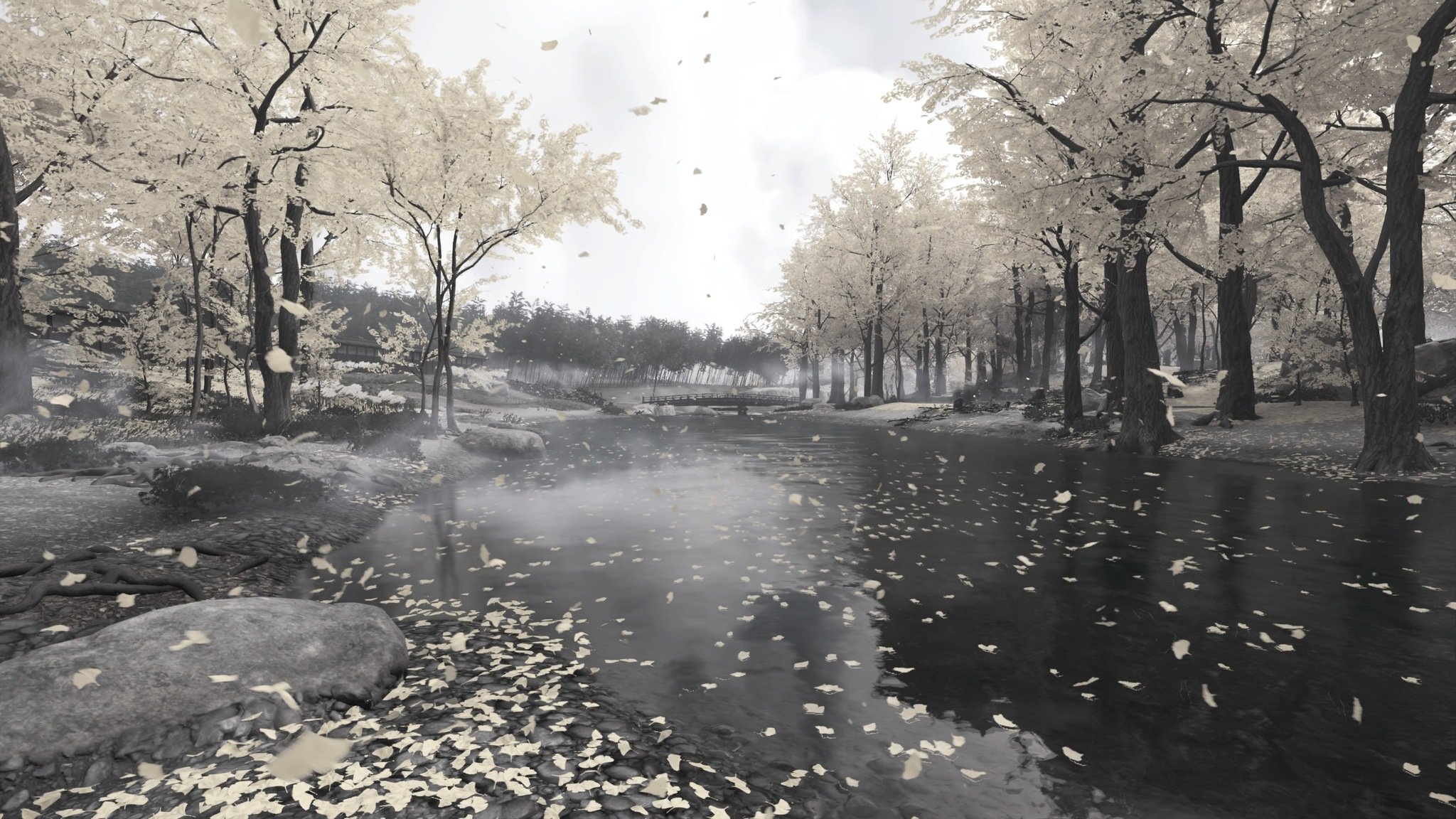
Aucun commentaire: